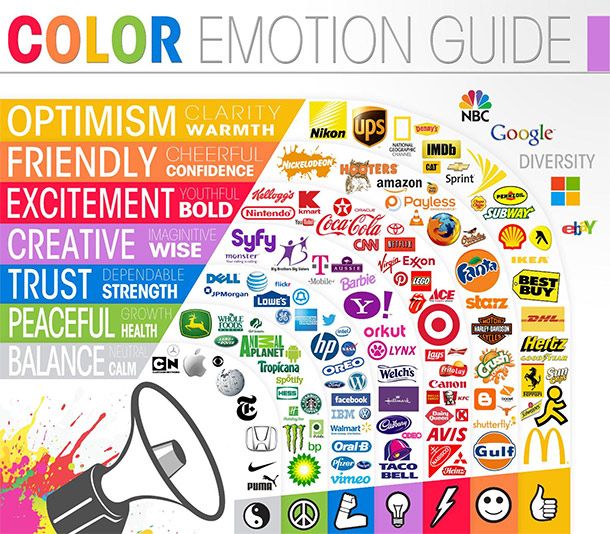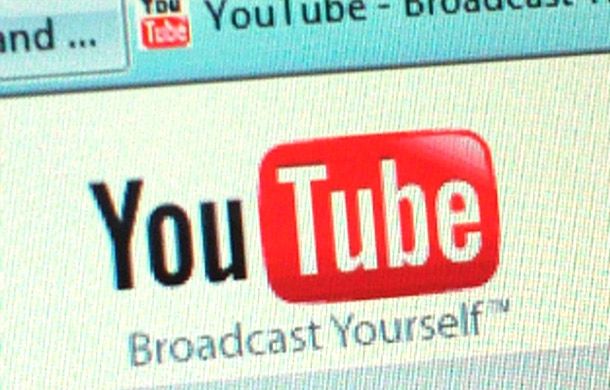A business blog is a part of a business site such as e-commerce, paid forum, affiliate, portal and crowdfunding.

A business blog is a non-branded page. It means its contents are updated regularly. Common contents published are case studies, press releases and product reviews.
Reasons For Blogging
1. A blog informs. It tells the people (new or repeat visitors) the W’s and H of a story worth sharing in their Facebook and Twitter.
2. A blog entertains. It provides facts and statistics presented with an amusing tone. For example, case studies highlight the success and challenges of a product or service.
When you write, make sure you have a balance mix of charts supported by personal stories.
3. A blog converts. It captures your readers’ attention, interest and desire.

Then, it compels them to act either by calling you via phone or give you their email addresses in exchange of newsletters.
4. A blog reveals a site’s success and failure. Your business site is an empty playground without a blog.
People visit your blog to understand who you are, what your ideas are and what your stories are. The more visits you have, the better conversions you’ll have.
5. A blog links multiple pages together. To ensure you make the best of a content, you link it to other branded pages such as FAQ, About Us and Contact.
Be extra careful though. Limit the number of links. A 500-word content must limit to three internal links (links pointing to the other pages of your site) and two external links (links pointing to a webpage outside your site).
6. A blog is your content playground. The great thing about blogs is, it’s possible to publish your own content, to syndicate content and to invite other people as guest bloggers.
This way, your blog offers variety of contents to all types of visitors. It also branches out to top industry talents.
7. Your blog represents. Be proud if you’re a blogger. It means you have something special to share to the world.
ALWAYS REMEMBER: A business site with regular blog updates will reveal something about you. A business site with no or few updates will also reveal something about you.
Which side are you on?
8. A blog optimizes for Local Search. All local blogs are local websites. Not all websites are local blogs. Therefore, start blogging if you’re running a local business somewhere.
It’s possible to optimize a blog locally if it contains features that target a specific location.

For example, if you have a tennis school in Georgia, it’s possible to direct all your posts to this state.
This way, people (living in community areas within Georgia) who are searching for business related to yours might find your blog in major search engines.
How To Manage A Business Blog
Managing a blog is a cycle. This cycle will consist of three parts. First part is pre-writing, which refers to all essential activities before you put your ideas into life.
Second part is writing, which deals with the science and art of writing. The last part is post-writing, which puts emphasis to persuading people to read, comment and share.
Part 1: Pre-Writing
Activities To Do
- Keyword research
- Content marketing timetable
- Researching relevant contents
- Gathering facts and statistics
- Outlining your ideas
- Re-reading your outline
- Edit your outline
Tools To Use
Uber Suggest is a free keyword generating tool. This tool gives you suggestions about a topic.
For example, if the keyword is tennis, you’ll have a list of suggestions such as tennis warehouse, tennis express, tennis elbow, tennis recruiting, tennis news, tennis ball launcher for dogs… so on.
The primary goal of Uber Suggest is to gather keywords and key phrases relevant or irrelevant to your topic. It gives you ideas what to research.
Keyword Planner is a research tool owned by Google. It’s mainly used to find relevant keywords for your campaign.
For blogging, Keyword Planner reveals the strength and weaknesses of a topic you want to write. It shows you how popular a keyword is and how tight the competition is.
Spreadsheet
Before researching, put all your gathered keywords on an empty spreadsheet and take time to sort it out.
This serves as your master list, which helps you create titles based on given keywords.
For example, if the keyword is tennis serve, your title shall be 10 Revealing Tips on How to Serve like Roger Federer | Videos Available Inside!
Then, you figure out its content type. For the above title, it’s an article with instructional videos.
Finally, you’ll put a date to write and a published date.
A date to write refers to the number of days you’ll research, write and edit while a published date refers to an exact day of its publication in your blog.
A published date is accomplished by a link.
Search Engine Bar
Google, Yahoo and Bing are the three most popular search engines today. They’re competing against each other but feel free to use any.

When researching for contents, search engines will help you get the right angles for your blog post. It saves times for research; therefore, you can immediately start outlining while searching.
Word Processor
This tool may be a big help before publishing a post. It’s a good practice to put your outline on an offline (MS Word, Notepad) or online (Google Docs) processor before hitting publish.
Part 2: Writing
Activities To Do
- Writing your ideas
- Elaborating sub-topics
- Hours of editing
Tools To Use
Word Processor
A word processor is your ideal partner in writing. It allows you to use its paragraphing and grammar tools whenever you are and wherever you are.
It’s a free recommended app for all bloggers out there. First, you simply need to copy and paste your article in an empty area.
Then, it reveals to you how bold and clear your writing tone is. It also tells you the sentences you need to edit or delete.
It grades your overall writing tone; therefore, you’ll understand why and where your writing get complicated.
English is the universal language. Whether you’re a amateur or professional blogger, this is the paid tool to buy when you want an automated proofreader.
A subscription plan will include a spell check, plagiarism checker and MS office add-in.
Part 3: Post-Writing
Activities To Do
- Post your blog post in Facebook Page
- Post your blog post in Facebook Groups
- Post your blog post in LinkedIn
- Tweet the link once every day
- Convert the article into a press release
- Convert the article into a promo video
- Convert the article into a newsletter
- Send the link to your friends via email
- Convert the article into a slide presentation
- Convert the article into an ebook
- Syndicate the article
Tools To Use
Social Media

Every social media site provides a backlink to your blog. Whether you’re in Facebook, Twitter or LinkedIn, your goal is to give your followers a reason to visit your blog.
Canva is an easy-to-use design tool, which allows you to design and download a visual content for your blog, Facebook, Twitter and other social media platforms.
Canva is for free. It’s also possible to download professional designs for $1.
Analytics
An analytics is either a free or paid tool. It measures the performance of your blog per day.
Make a habit to study its pattern. Take note of the number of visits per week, number of clicks per week and number of conversions.
Social media has its own analytics tool. Yet, it’s possible to link every channel to your primary analytics.
Keep going once you’re done with one topic. It’s time consuming but always keep in mind – with patience and consistency, great results follow.
Consider hiring a team of virtual assistants if you can’t do the suggested activities all by yourself.
*****
Leads Ahoy provides services in reputation management, search engine optimization, list building and geo-targeted lead generation. http://leadsahoy.com/








